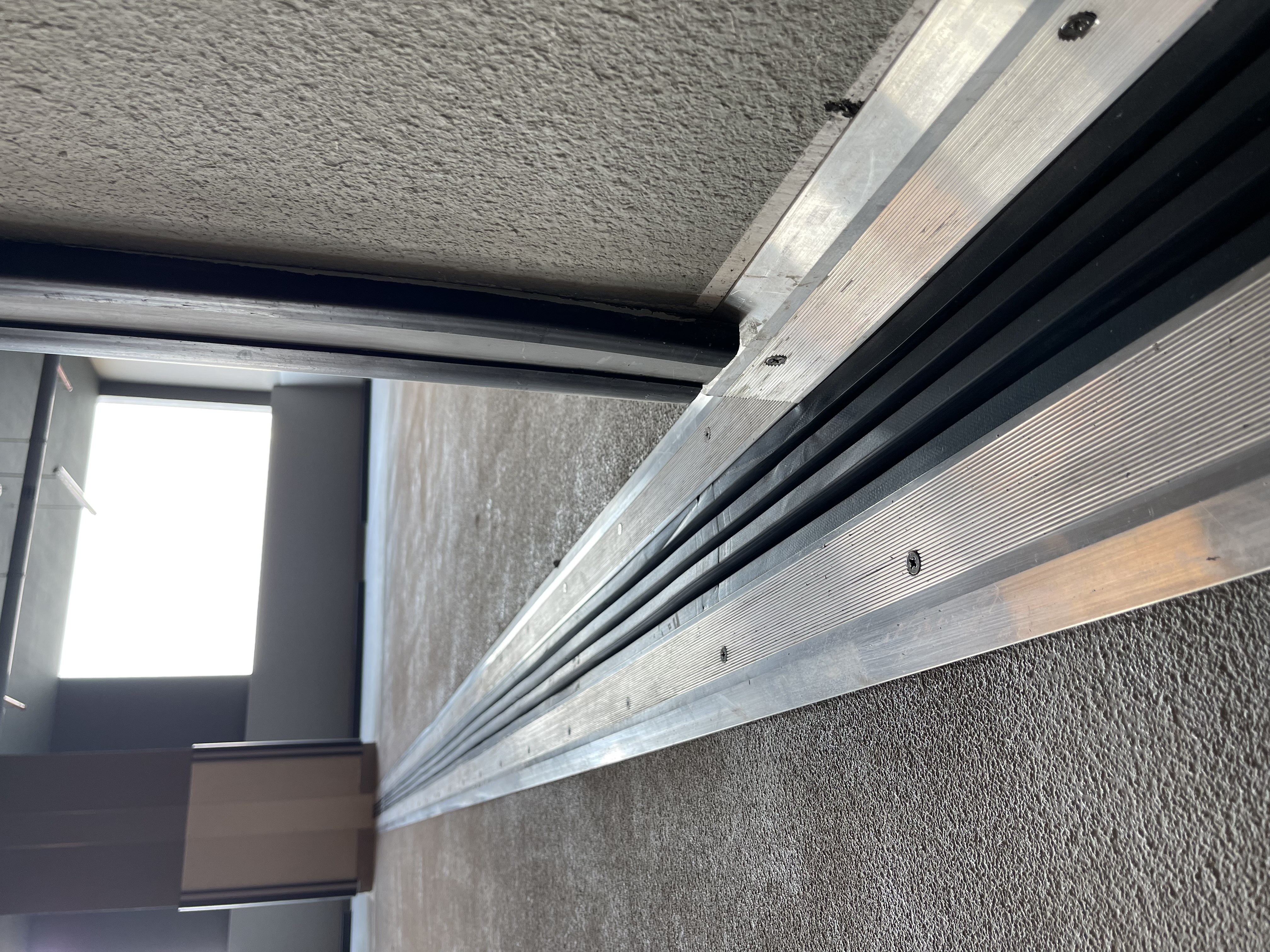Expansion joints are an essential component in the construction of buildings. They help accommodate the thermal expansion and contraction of building materials, preventing damage and prolonging the structure's lifespan.
When designing and building a structure, it is important to consider using expansion joints to ensure that the building can withstand the effects of temperature changes and other environmental factors.
Expansion joint covers, also known as building movement or architectural joint covers, are designed to accommodate movement caused by thermal expansion, contraction, settling, and seismic activity. They are typically used in buildings, bridges, and other structures to protect them from damage and maintain their aesthetic appearance.

Preventing damage: Expansion joints help to prevent damage caused by thermal expansion and contraction, which can lead to cracking, warping and other forms of structural failure.
Enhancing durability: By accommodating the structure to withstand the effects of thermal expansion and contraction, expansion joints help to enhance the durability of the building and extend its lifespan.
Improving safety: By preventing damage and structural failure, expansion joints help to improve the safety of the building and its occupants.
Aesthetics: With the right design and materials, expansion joints can also blend seamlessly with the overall aesthetic of the building, making them a hidden feature that does not detract from the overall appearance of the structure.
Reducing maintenance costs: By preventing damage, expansion joints help reduce the need for ongoing maintenance and repairs, saving money in the long run.
Accommodate movement: An expansion joint can help accommodate the structure's movement caused by environmental factors such as temperature changes, allowing the building to move and flex in a controlled way.